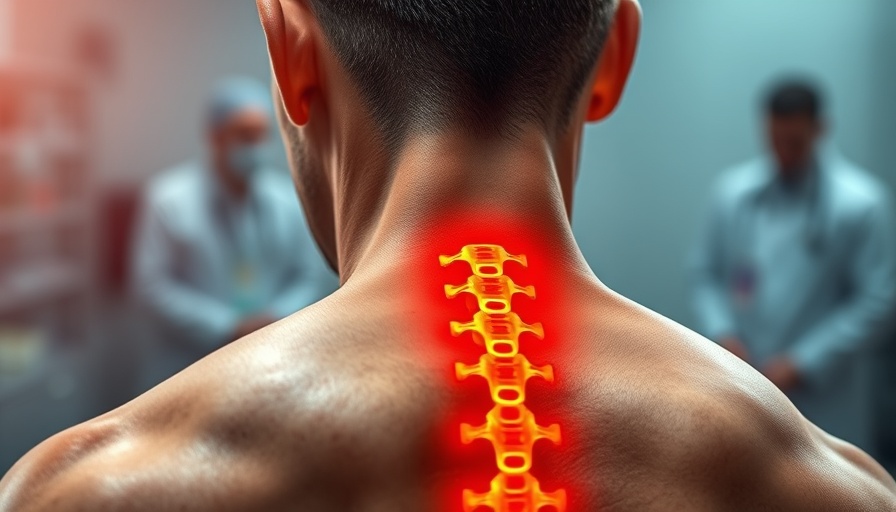
Understanding the Importance of Symptoms
Men experiencing chronic back pain and frequent urination, particularly at night, should heed these symptoms as potential warning signs of prostate cancer, a prevalent yet often ignored condition. Physicians emphasize the grave risks of overlooking these indicators, which can lead to late-stage detections and severe health consequences. Prostate cancer, a malignant growth that develops in the prostate gland, frequently remains asymptomatic until it has advanced considerably, underscoring the need for a proactive approach to men's health.
The Underestimated Consequences of Prostate Cancer
The statistics surrounding prostate cancer are alarming, particularly among African men who are at a heightened risk. Medical professionals are rallying to educate their communities about the significance of these symptoms, as they can arise from conditions ranging from benign prostate enlargement to more serious cancers. Acknowledging persistent symptoms and acting accordingly can lead to earlier diagnoses, which are critical for successful treatment outcomes.
Social Stigma and Health-Seeking Behavior
There exists a troubling trend among Nigerian men in which cultural stigmas and misconceptions about health-seeking behaviors cause them to ignore early signs of illness. Many only consult healthcare professionals when symptoms escalate to a dire state, resulting in poorer prognoses and limited treatment options. This neglect can be attributed to various factors, including financial constraints, lack of awareness, and cultural attitudes towards discussing men's health issues.
Encouraging Proactive Health Measures
Experts recommend that men, especially those over 50, prioritize regular health checkups and screenings for prostate-specific antigens. Routine testing can be pivotal in catching prostate issues early, a stage where treatment is more likely to be effective. Beyond personal health, advocating for better healthcare infrastructure, including the establishment of more radiotherapy centers in Nigeria, is crucial to improving health outcomes.
Overcoming Myths: Seeking Help is Vital
Misunderstandings about prostate cancer and its symptoms often hinder men from taking the necessary steps to protect their health. It’s important for men to dispel the myth that such symptoms are merely a part of aging or stress. Holding off on medical care can delay early detection and treatment, subsequently affecting a patient's long-term health. The first step towards improved awareness and care is encouraging open conversations about these health issues.
Future Directions and Public Health Initiatives
With the prevalence of prostate cancer and awareness surrounding its symptoms increasing, it is critical for public health initiatives to target education on this subject. Campaigns should focus on encouraging routine screenings and health literacy among men, tailored to address cultural stigmas and promote proactive health-seeking behaviors. Engaging local communities through workshops and seminars can help normalize discussions around men’s health and mitigate the fears that keep them from seeking help.
Identifying Key Symptoms Early
Understanding the warning signs of prostate cancer is essential in prompting timely medical intervention. Symptoms such as chronic back pain, frequent urination, and blood in the urine are serious red flags that should not be ignored. Early identification can significantly impact treatment effectiveness and patient quality of life. Men should consider these symptoms as critical health indicators and act swiftly by consulting healthcare professionals to discuss their findings and pursue appropriate testing.
Conclusion: The Path Forward for Men's Health
The path to healthier outcomes for men, particularly regarding prostate cancer, hinges on the willingness to address symptoms seriously. Proactive health measures, education, and advocacy for improved healthcare facilities are necessary steps towards mitigating the impact of this disease. Men must take charge of their health, fostering an environment where discussing these issues becomes standard practice rather than a source of shame.
 Add Row
Add Row  Add
Add 




Write A Comment